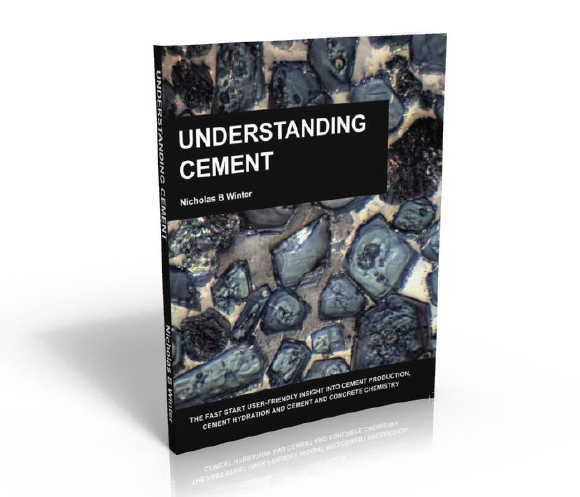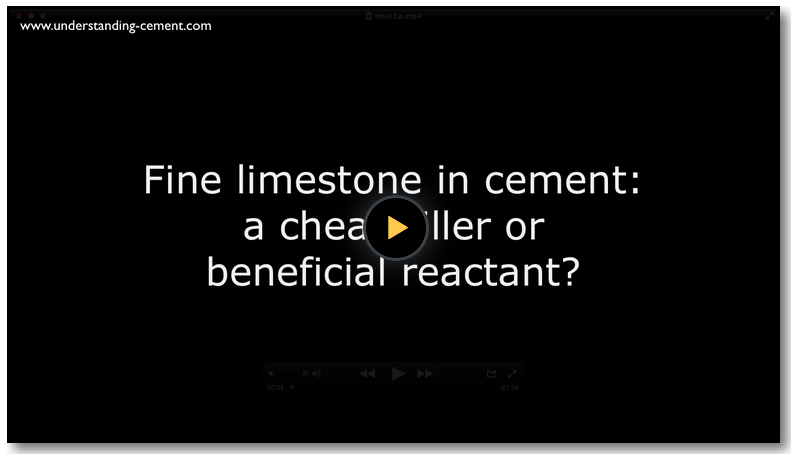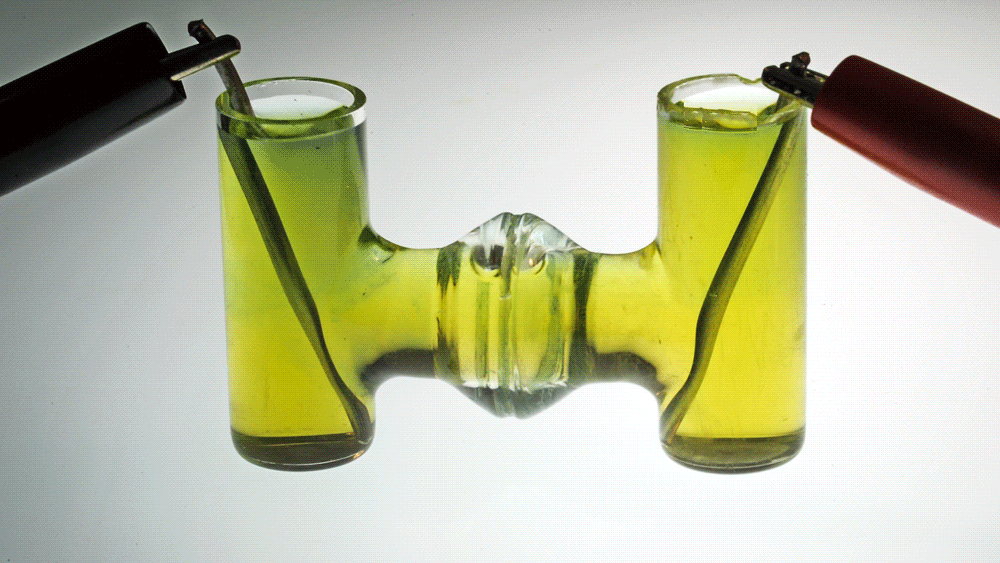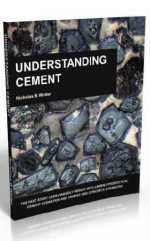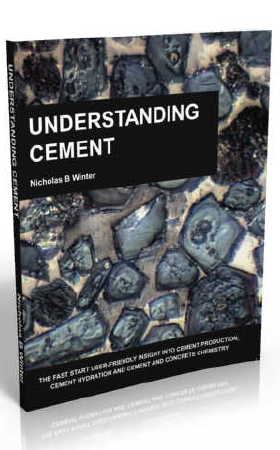Portland cement clinker: the Bogue calculation
The Bogue calculation is used to calculate the approximate proportions of the four main minerals in Portland cement clinker.
The standard Bogue calculation refers to cement clinker, rather than cement, but it can be adjusted for use with cement. Although the result is only approximate, the calculation is an extremely useful and widely-used calculation in the cement industry.
The calculation assumes that the four main clinker minerals are pure minerals with compositions:
Alite: C3S, or tricalcium silicate
Belite: C2S, or dicalcium silicate
Aluminate phase: C3A, or tricalcium aluminate
Ferrite phase: C4AF, or tetracalcium aluminoferrite
It is important to remember that these assumed compositions are only approximations to the actual compositions of the minerals.
Clinker is made by combining lime and silica and also lime with alumina and iron. If some of the lime remains uncombined, (which it almost certainly will) we need to subtract this from the total lime content before we do the calculation in order to get the best estimate of the proportions of the four main clinker minerals present. For this reason, a clinker analysis normally gives a figure for uncombined free lime.
(NB: If it is desired only to calculate the potential mineral proportions in a clinker, the correction for uncombined free lime can be ignored; the calculation will then give the clinker mineral proportions assuming that all the lime has combined).
The calculation is simple in principle:
Firstly, according to the assumed mineral compositions, ferrite phase is the only mineral to contain iron. The iron content of the clinker therefore fixes the ferrite content.
Secondly, the aluminate content is fixed by the total alumina content of the clinker, minus the alumina in the ferrite phase. This can now be calculated, since the amount of ferrite phase has been calculated.
Thirdly, it is assumed that all the silica is present as belite and the next calculation determines how much lime is needed to form belite from the total silica content of the clinker. There will be a surplus of lime.
Fourthly, the lime surplus is allocated to the belite, converting some of it to alite.
In practice, the above process of allocating the oxides can be reduced to the following equations, in which the oxides represent the weight percentages of the oxides in the clinker:
BOGUE CALCULATION
C3S = 4.0710CaO-7.6024SiO2-1.4297Fe2O3-6.7187Al2O3
C2S = 8.6024SiO2+1.0785Fe2O3+5.0683Al2O3-3.0710CaO
C3A = 2.6504Al2O3-1.6920Fe2O3
C4AF = 3.0432Fe2O3
| Clinker
analysis |
||||||||||
| SiO2 |
Al2O3 |
Fe2O3 |
CaO |
MgO |
K2O |
Na2O |
SO3 |
LOI |
IR |
Total |
| 21.5 |
5.2 |
2.8 |
66.6 |
1.0 |
0.6 |
0.2 |
1.0 |
1.5 |
0.5 |
98.9 |
| Free
lime = 1.0% CaO |
||||||||||
Worked example of a Bogue calculation:
Using the above analysis, the calculation is as follows:
Combined CaO = (66.6% - 1.0% free lime) = 65.6%
This is the figure we use for CaO in the calculation.
From the analysis, we have:
CaO=65.6%; SiO2=21.5%; Al2O3=5.2% and Fe2O3=2.8%
The Bogue calculation is therefore:
C3S = 4.0710CaO-7.6024SiO2-1.4297Fe2O3-6.7187Al2O3
C2S = 8.6024SiO2+1.1Fe2O3+5.0683Al2O3-3.0710CaO
C3A = 2.6504Al2O3-1.6920Fe2O3
C4AF = 3.0432Fe2O3
Therefore:
C3S = (4.0710 x 65.6)-(7.6024 x 21.5)-(1.4297 x 2.8)-(6.718 x 5.2)
C2S = (8.6024 x 21.5)+(1.0785 x 2.8)+(5.0683 x 5.2)-(3.0710 x 65.6)
C3A = (2.6504 x 5.2)-(1.6920 x 2.8)
C4AF = 3.0432 x 2.8
So:
C3S = 64.7%
C2S = 12.9%
C3A = 9.0%
C4AF = 8.5%
It should be stressed that the Bogue calculation does not give the 'true' amounts of the four main clinker phases present, although this is sometimes forgotten. The results of the Bogue calculation differ from the 'true' amounts (often called the phase proportions) principally because the actual mineral compositions differ - often only slightly, but occasionally more so and particularly in the case of the ferrite phase, from the pure phase compositions assumed in the calculation.
To adjust the calculation for use with Portland cement, it is necessary to consider first what other materials may be present in the cement. If the cement is a mixture of clinker and gypsum only, the calcium bound with the gypsum can be allowed for approximately by deducting (0.7 x SO3) from the total CaO. Note that this does not allow for any clinker sulfate present as potassium or sodium sulfate and a small error will therefore be introduced.
A similar adjustment can be carried out for limestone; the limestone content can be estimated by determining the CO2 content of the cement and calculating the coresponding CaO. If either slag or fly ash is present, in principle the formula could be adjusted to take it into account, but the slag or ash composition would need to be known accurately and in practice this is not an adjustment normally made.
Get a Better Understanding of Cement
Articles like this one can provide a lot of useful material. However, reading an article or two is perhaps not the best way to get a clear picture of a complex process like cement production. To get a more complete and integrated understanding of how cement is made, do have a look at the Understanding Cement book or ebook. This easy-to-read and concise book also contains much more detail on concrete chemistry and deleterious processes in concrete compared with the website.
Click here for more information
You are in The Bogue calculation:
The following pages have more details on clinker composition, reactions in the kiln and cement milling:
Cement notation / Clinker compositional parameters / Combinability / Reactions in the kiln / Cement milling
Check the Article Directory for more articles on this or related topics

